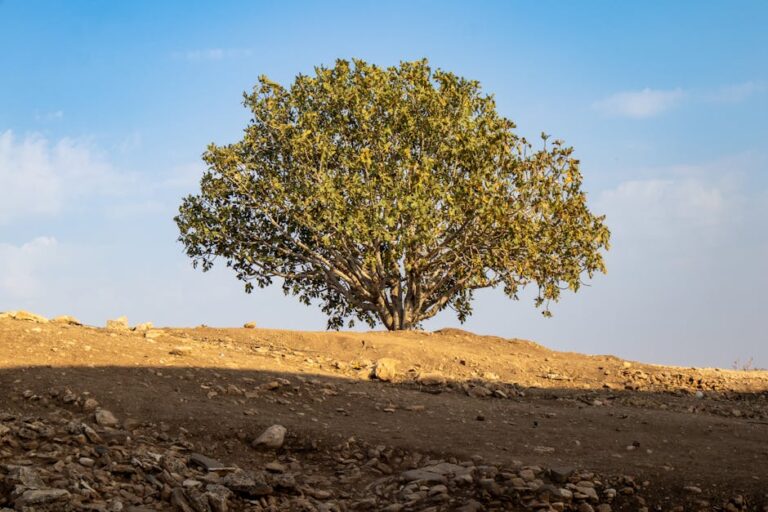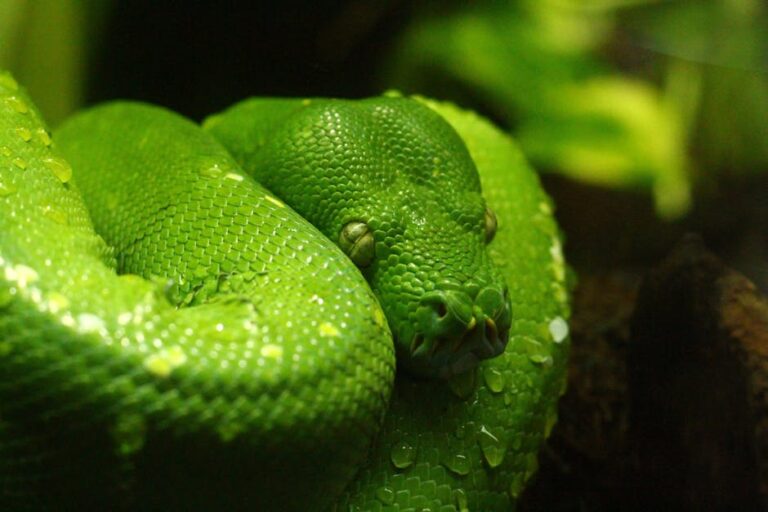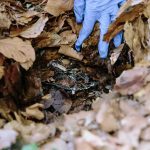The dark truth behind sloth tourism: how selfie culture drives illegal wildlife trade

Sloths have become the unlikely victims of social media’s selfie obsession, with their naturally “smiling” faces and docile appearance making them prime targets for wildlife traffickers across South America. These masters of camouflage, who spend their lives moving slowly through forest canopies with algae-covered fur that blends seamlessly with leaves, are surprisingly vulnerable once spotted by hunters.
The cruel reality behind those coveted sloth selfies is shocking. Traffickers cut down entire trees to capture sloths, often killing protective mothers in the process before mutilating baby sloths by removing their claws and fingertips. These traumatized animals are then forced into the tourism trade or sold as exotic pets to travelers seeking unique photo opportunities or unusual companions to take home.
“That ‘smile’ hides immense suffering,” explains Neil D’Cruze, a biologist and strategic research leader at Canopy, an international environmental organization. His research in South America reveals that sloths experience extreme stress when handled, confined, or exposed to crowds and noise—conditions their bodies simply cannot tolerate. The animals’ peaceful appearance, which has earned them the nickname “Miss Congeniality of the Amazon,” masks their complete unsuitability for human interaction.
The wildlife trade has grown increasingly lucrative and cruel in recent decades, driven by tourists’ desire for exotic experiences and social media content. Tragically, few baby sloths survive the trauma of capture and exploitation, making this seemingly innocent tourism trend a significant threat to sloth populations across their native habitats.
This article was written by the EnviroLink Editors as a summary of an article from: Mongabay







